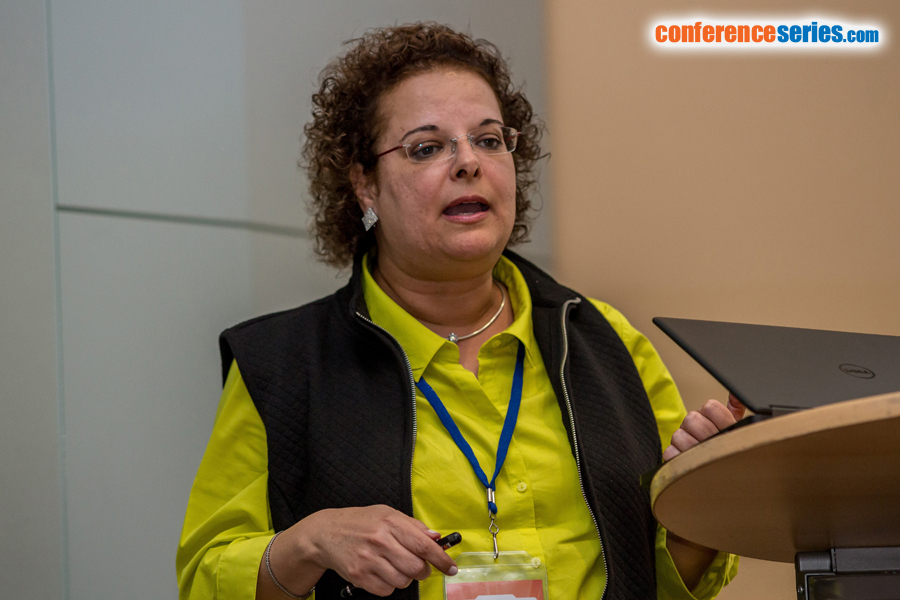
Mira Barda-Saad
Bar-Ilan University, Israel
Title: Signaling cascades regulating natural killer cell activation threshold
Biography
Biography: Mira Barda-Saad
Abstract
Natural killer (NK) cells represent a powerful weapon of immune defense against viral infections and tumor growth via the cytotoxicity of target cells and the production of cytokines. NK cell function is regulated by a balance between activating and inhibitory signals. Cancer cells or viruses often perturb this balance by expressing ligands for activating NK cell receptors and by down-regulating ligands for the inhibitory receptors, i.e., MHC class I molecules, resulting in target cell killing. Engagement of inhibitory receptors, including the killer cell immunoglobulin-like receptor (KIR), antagonizes activating pathways through the recruitment and activation of the SH2-containing protein tyrosine phosphatase-1 (SHP-1) to the NK immunological synapse (NKIS). To date, only the signaling molecule VAV1 was clearly demonstrated as a direct substrate of SHP-1 in human NK cells. Since SHP-1 activity is the major mechanism that prevents NK cell autoimmune response, it is of great importance to determine whether additional substrates of SHP-1 exist and whether additional molecular mechanisms down-regulate NK cell activation. Moreover, the mechanisms that control SHP-1 activity remain to be unraveled. In the present study, we demonstrate that in response to KIR receptor engagement, SHP-1 and the E3 ubiquitin ligases Cbls negatively regulate the linker for the activation of T cells (LAT) and phospholipase Cγ (PLCγ) 1/2. LAT dephosphorylation by SHP-1 abrogated PLCγ 1/2 recruitment to NKIS and decreased calcium flux and degranulation, thus abolishing NK cell cytotoxicity. Furthermore, LAT ubiquitylation via c-Cbl and Cbl-b following NK cell inhibition leads to its degradation and to the down-regulation of NK cell activation. Using a cutting-edge microscope system, we follow this cellular signaling cascade from the moment of encounter through target-cell killing. Our data suggest that LAT phosphorylation triggers its ubiquitylation, implying a collateral inhibitory mechanism in which a pool of phosphorylated LAT that escapes SHP-1 dephosphorylation is targeted to proteasomal degradation. These mechanisms serve as a key checkpoint in tuning NK cell activation threshold and the immune response.




